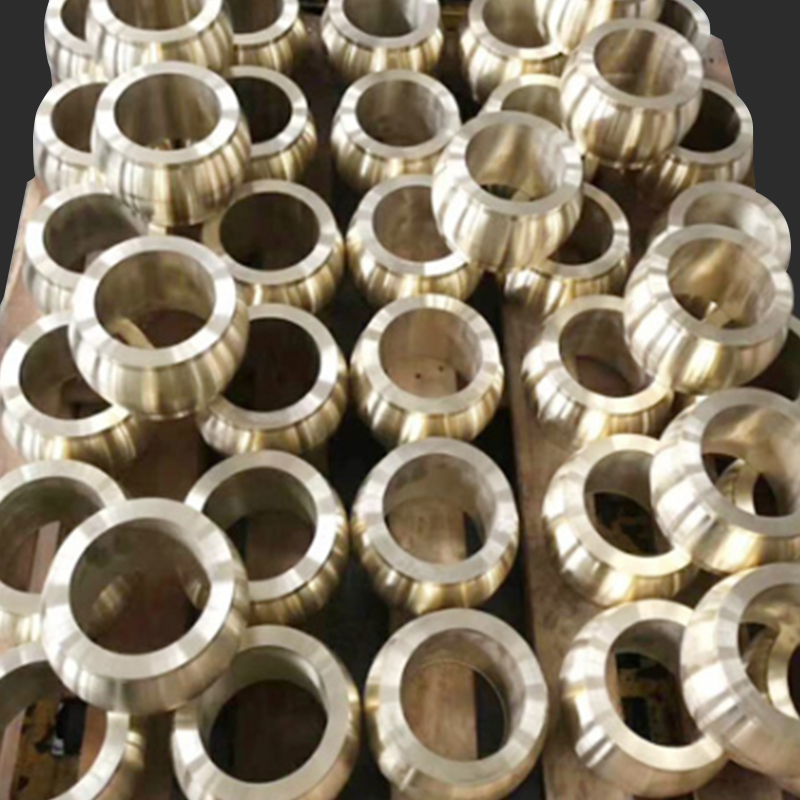Summary:What types of metal parts are there?Metals can be divided into two categories: ferrous metals are fe...
What types of
metal parts are there?
Metals can be divided into two categories: ferrous metals are ferrous metals, and non-ferrous metals are non-ferrous metals. There are many types of metals: steel, carbon steel, alloy steel, stainless steel, iron (forged or cast), aluminum, magnesium, copper, brass, bronze, zinc, titanium, tungsten, nickel and cobalt. The properties of each metal are described in detail below.
Iron (forged or cast): Iron makes up about 5% of the Earth's crust and is the 6th most common element in the universe, a very abundant and very popular metal. Pure iron is an unstable element that easily reacts with oxygen in the air to form iron oxide. To make it more stable, it is often alloyed with other elements to make steel. As a heavy metal, iron provides rigidity and reduces vibration, which is why it is often used to make heavy machinery frames and bases.
Steel: Pure iron is stronger than other types of metals, but has some disadvantages. On the one hand, pure iron is not resistant to corrosion. Preventing iron corrosion requires a lot of money and effort. On the other hand, it is very heavy due to its high density. These disadvantages can make structures difficult to build and maintain. Adding carbon to the iron at the same time mitigates these weaknesses to some extent. This mixture of iron and carbon, within certain limits, is called carbon steel. Adding carbon to iron makes it stronger and gives it other great properties.
Carbon Steel: This is basic steel, premium carbon and iron, although some other elements can be added in very small amounts. The three main categories are low carbon steel, medium carbon steel and high carbon steel. More carbon means harder and stronger. Less carbon means cheaper, softer and easier to manufacture. Carbon steel is more commonly used for simple mechanical parts and various tools.
Alloy Steel: Think of it as genetically modified steel. Alloy steel is made by adding other elements to the mixture. This changes properties and makes the metal inherently customizable. This is a very common metal, as it is usually still very cheap to manufacture.
Common alloying elements for steel include manganese, vanadium, chromium, nickel and tungsten. Each of these elements changes the properties of the metal in different ways.
For example, alloy steel can increase the strength of high-performance gears, increase the corrosion and wear resistance of medical implants, and increase the pressure that pipes can withstand. It is widely regarded as the workhorse of the metal world.
Stainless Steel: Technically, this is an alloy steel, but there are so many that it usually has its own category. This is steel specifically for corrosion resistance.
Copper: When talking about different types of metals, copper and its alloys cannot be ignored. It has a long history because it is easy to form. Even today, it is an important metal in manufacturing. Metals are good conductors, and copper stands out more than other metals. Due to its excellent electrical conductivity, it is used as a conductor in electrical circuits. Its conductivity is second only to silver. It also has excellent thermal conductivity. This is why many conductive threads are made of copper.

 Main:+86 574 87907106
Main:+86 574 87907106![]() Main:+86 574 87907106
Main:+86 574 87907106